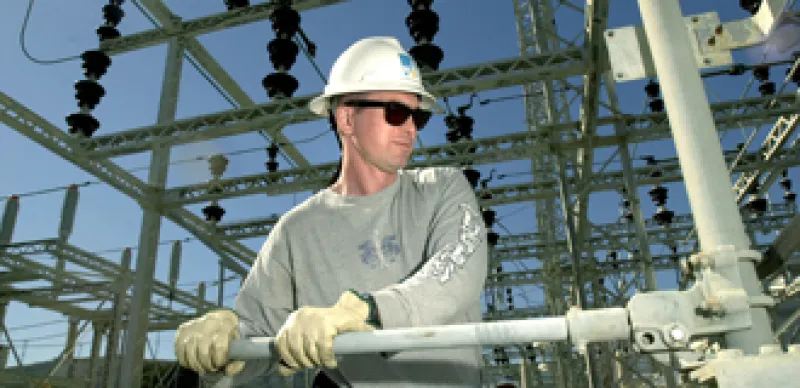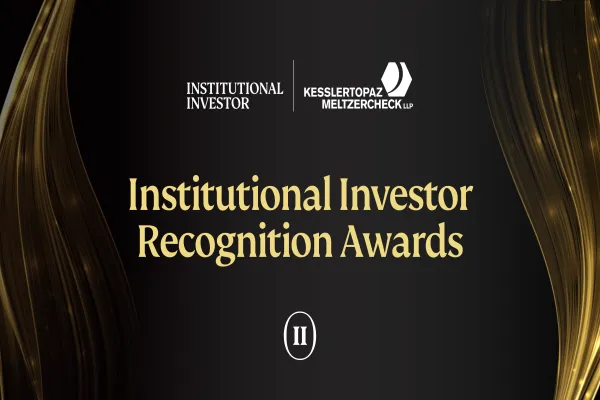Fossil fuel prices have tumbled since the global financial crisis began, making the green-energy sector far less attractive to investors, who can now turn a handsome profit quickly by investing in traditional power sources. Ecofin, a London-based alternative-energy investment management firm, is no exception.
Founded in 1992, Ecofin has stepped outside its core business by investing some $40 million in U.S. shale gas. More significantly, the firm — whose CIO, Bernard Lambilliotte, recently waxed poetic about “creating a carbon-free world” — plans to launch a fixed-income, high-yield investment trust in January that will target U.S. gas, utility and power companies.
The postcrisis climate has proved frustrating for investors in renewable energy, particularly wind. Even for a $2.2 billion veteran like Ecofin, it’s tough to find worthwhile plays.
Before the crisis renewable assets were highly prized, explains David Kotler, managing director on the oil and gas team at the London office of New York–based asset management and financial advisory firm Lazard. But today, Kotler notes, there are many stranded wind projects. “Where is the money going to come from?” he asks. “The returns that investors went for are not going to be realized.”
Patrick Hummel, an Opfikon, Switzerland–based renewable energy markets analyst at UBS, agrees. “The wind sector as a substitute for utility companies is not a very compelling business case right now,” he says, adding that there are cheaper alternatives, such as gas and coal.
Still, Ecofin hasn’t given up on renewable energy. The firm is hedging its bets that fossil fuel prices will eventually rise again — a view strengthened by oil’s climb above $87 per barrel in early November — by launching a new equity fund dedicated to wind and solar technology, slated to open in the first quarter of 2011.
This long-short offering will focus on the U.S. rather than Europe, which Lambilliotte calls a difficult place for alternative and renewable investments because “the regulatory environment is not clear.” He cites Germany’s windfall taxes on nuclear power plants and a reduction in government subsidies to the sector in Spain.
But things are not necessarily sunnier in the U.S. John Cusack, founder and president of Gifford Park Associates, an Eastchester, New York–based sustainability management and consulting firm, says the lack of a national renewable-energy policy has bred great uncertainty there. However, Cusack sees this ambiguity as a potential opening for institutional investors because it’s driving down the price of wind-energy production. He argues that there’s plenty of money to be made in wind, if investors take a long-term view.
Vincent Barnouin, Ecofin’s COO, asserts that his firm knows how to tackle what he describes as a complex sector well suited to a specialist approach. But he offers few details, saying only that Ecofin is uniquely qualified to “see where the arbitrages are in the energy value chain” because it views renewables through its utilities business knowledge.
When Ecofin launched two decades ago, the renewables landscape was a desert and institutional investors had even fewer options than today. “Investing in waste-to-energy was the closest one came to investing in renewable energy at that time,” Lambilliotte says, referring to the practice of burning garbage to generate power.
By 2006, with its long-short Ecofin Special Situations Utilities Fund, Ecofin was making serious investments — and returns — in wind and solar. That year the fund acquired 20 percent of Airtricity, a wind asset development company based in Ireland. The fund’s managers provided €132 million ($162 million) in equity, then sat on Airtricity’s board for two years before cashing out with €265 million.
Nonetheless, Ecofin seems to recognize that investment in wind is now a longer-term project. By investing in traditional energy, the firm offers its clients an opportunity for speedier returns as they wait out the slowdown in renewables.
“If you have a time horizon of two to five years, then good old-fashioned gas-fired power generation is the best way to go,” Lazard’s Kotler says. “This is probably where the returns will be.”






